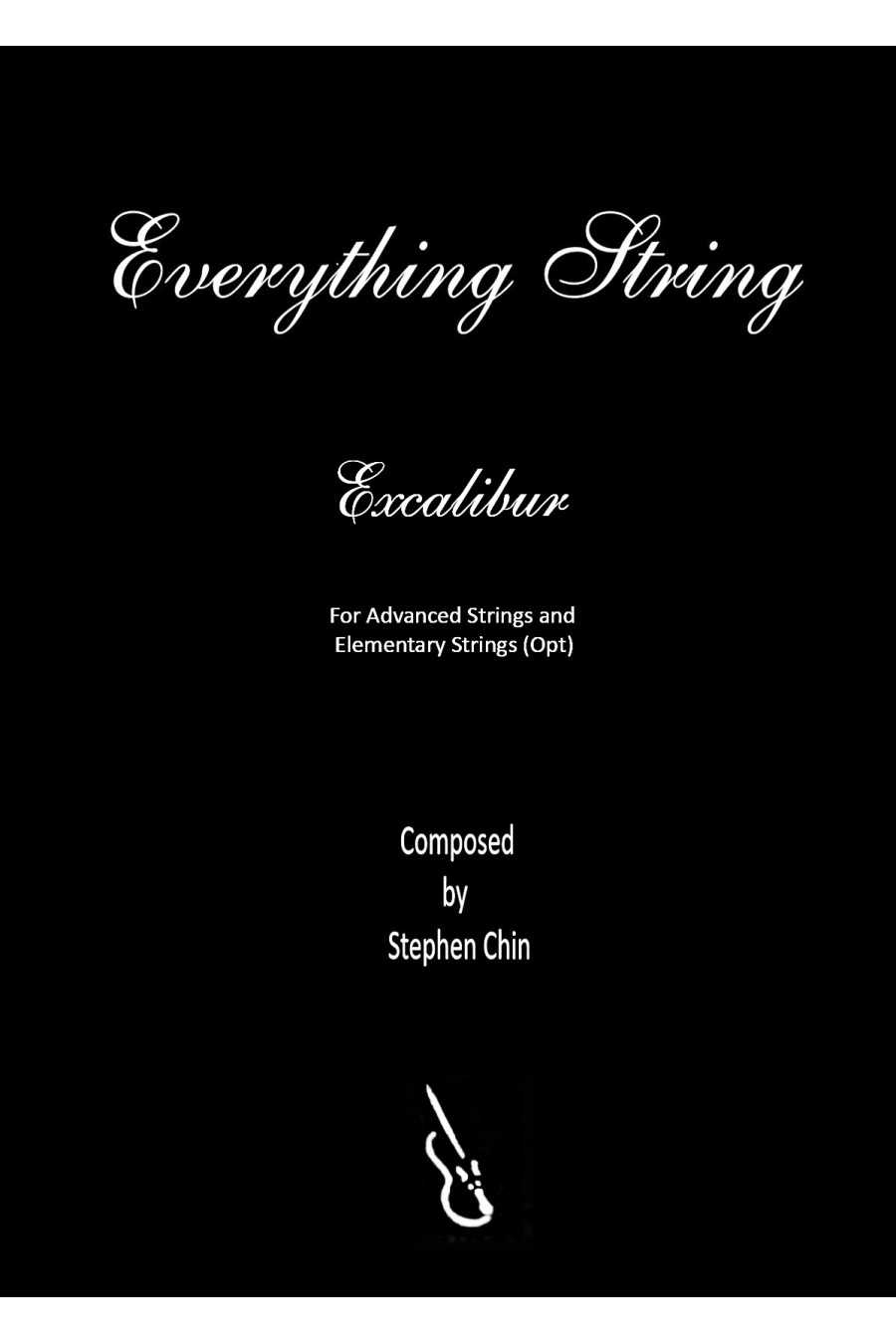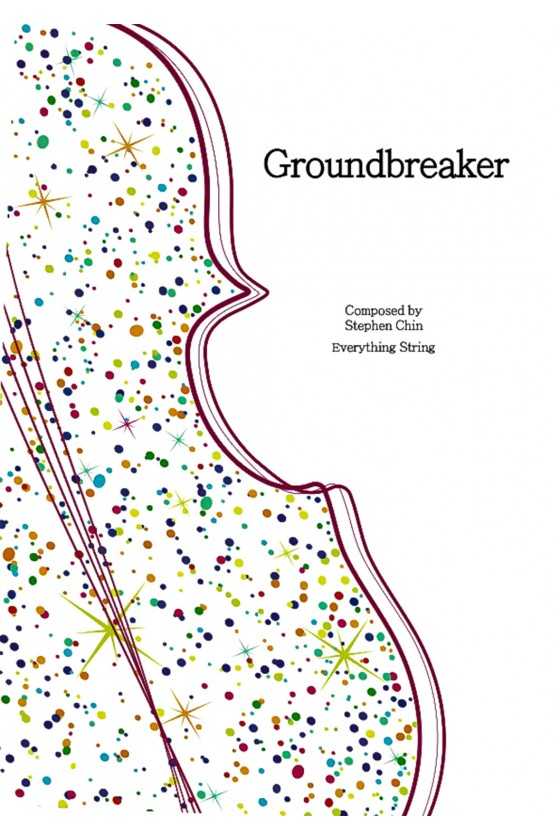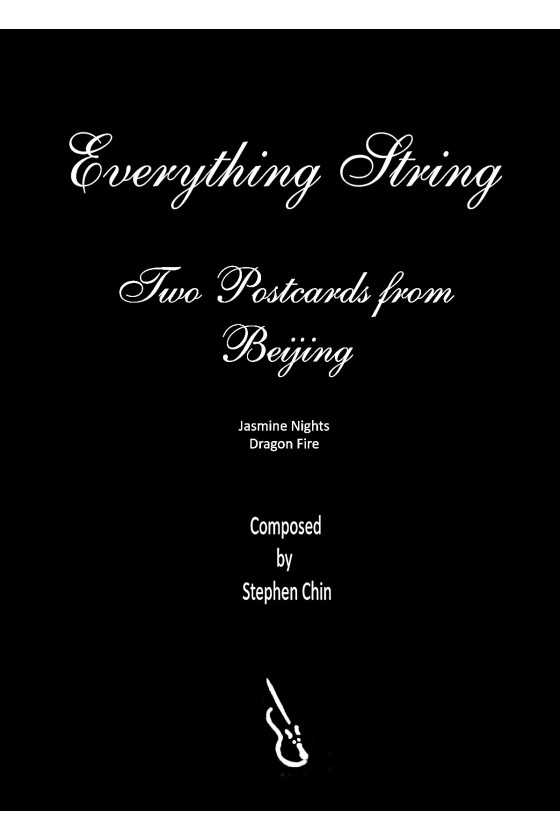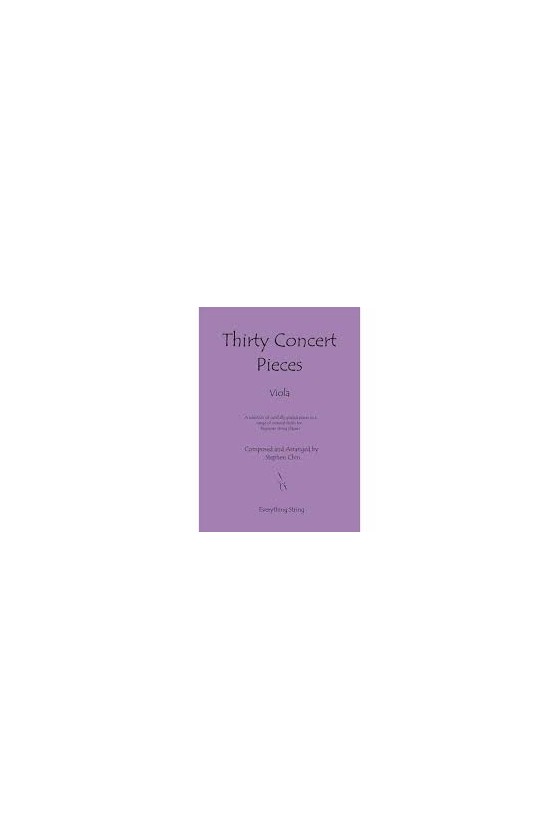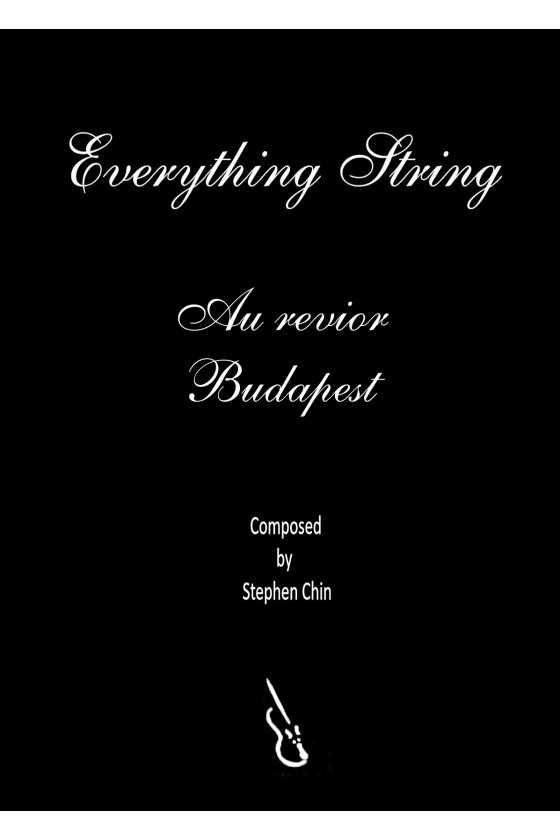Excalibur By Stephen Chin
As the story of Excalibur unfolds, it effortlessly transports its listeners to a world of magic, chivalry, and the quest for the ultimate power. The opening scene sets the tone with a sense of mystery and foreboding as the legendary sword of King Arthur, Excalibur, emerges from the depths of the waters. A sword dance follows, with each movement evoking vivid images of the clashing of weapons and the resounding echoes of clashing armour. The mysterious theme returns in a scintillating manner, adding to the suspense and intrigue of the story before reaching a thrilling finale that leaves the listeners on the edge of their seats.
This work has been written for both advanced and elementary players, with the intention of delivering a fabulous conclusion to a string festival. It is a piece that can be appreciated by all music lovers, regardless of their age or experience. Even just an advanced orchestra can produce a powerful and captivating performance of this masterpiece.
For String Orchestra Grade 3 & 1.5 (advanced and optional elementary strings)
